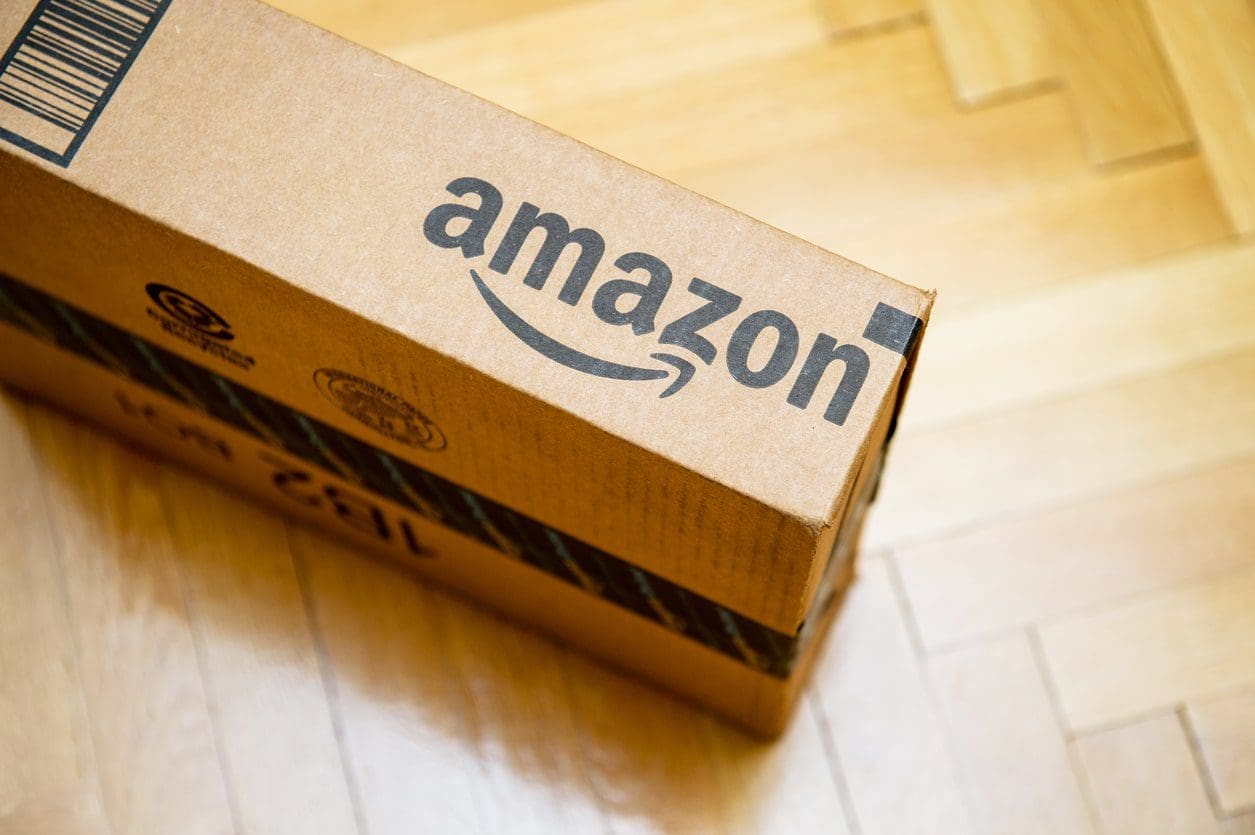There’s no denying the benefits of Amazon’s FBA inventory management program. But as you enjoy its many conveniences, don’t forget there are still many other things to consider—it’s by no means a “set it and forget it” process. Supply chain bottlenecks can still happen, and the constant cycle of replenishing your inventory while avoiding stock-outs and extra FBA fees is certainly no easy feat.
Having dedicated FBA inventory management strategies can turn what once was a precarious juggling act into a simplified, streamlined process that increases profitability (and probably lowers your stress level, too). Let’s take a look at a few of these strategies and the common pain points they help solve.
1. Staying in Stock
It’s no secret that staying in stock is essential for all sellers, but it’s even more important for FBA sellers because of all the added Amazon processing. Things move a little slower, and by the time you’re back in stock, you’ve likely taken a hit on your sales, search ranking, and ratings. Competitors will snap up your business, and it will take some time to recover.
Avoiding these losses to your profits and reputation is crucial, but it takes careful planning to replenish your inventory at the right time—not too early and definitely not too late.
And just when you think you have a handle on things, demand will, as it always does, change. Analyzing previous sales data offers a good baseline on what to expect, but you also need to look at:
- Changing industry trends
- Q4 and holiday season shopping habits
- Key Amazon shopping dates
Anticipating product demand is a crucial step in FBA inventory management and forecasting, which is when timing really comes into play. What are your supplier lead times? How long are you in FBA processing? If you’re importing, don’t forget to factor in possible customs delays or international holidays.
When a lot can go wrong, you need to dedicate your resources toward getting it right. Amazon inventory funding with Kickfurther can ease many of the initial financial constraints, and dedicated FBA inventory software (like eComEngine’s RestockPro) can help you make more informed inventory decisions to set you up for success.
2. Managing Excess Inventory
While you should do your best to understand and meet your customer demand, buyer behavior in general can be hard to predict as there are many variables outside of your control. Just look at how the COVID-19 pandemic has impacted purchasing in the last year or so and likewise impacted FBA inventory management.
Worldwide crises aside, inventory issues can (and will) happen. You may find yourself stuck with excess stock. Storing unsold goods is always costly, but even more so when you’re an FBA seller and have to pay long-term storage fees on top of your monthly storage expenses. These fees quickly add up and eat into your bottom line, so it’s prudent that you act quickly.
Here are a few things you can do:
- Lower your prices or offer a discount
- Create a bundle with a popular complementary product
- Run ads and/or refresh your product listing to increase visibility
- Sell on Amazon Outlet (you must meet certain criteria to be eligible)
Consulting your own inventory database or Amazon’s Manage Excess Inventory tool can help you potentially avoid and address this frustrating issue.
3. Maintaining a Healthy IPI
Amazon uses a number of different measurements to track how well your business is performing over time. The marketplace’s IPI (Inventory Performance Index) is one such metric that FBA sellers must keep a close eye on.
Your IPI score is based on the following:
- Excess inventory percentage
- FBA sell-through rate
- Stranded inventory percentage
- FBA in-stock rate
It can be confusing, but here’s how it works in a nutshell: Amazon sets an IPI threshold (it was lowered from 500 to 450 in December 2020) and you should always aim to be above it. Scores lower than that number could result in overage fees and storage volume limits being placed on your FBA inventory. Amazon reviews storage limits on a quarterly basis so be sure to stay up to date.
If Amazon notifies you that your IPI score is below the target inventory level, you have six weeks to improve it. If you fail to do so, restrictions will begin the next quarter.
The Inventory Performance dashboard in Seller Central gives you a summary of key inventory metrics and ways to improve your performance. eComEngine’s free Amazon IPI checklist can also help you increase and maintain your score.
4. Minimizing Pick and Pack Fees
Running an Amazon FBA business has its own unique challenges, with rising fulfillment fees typically near the top of the list. Amazon pick and pack fees can be especially costly, oftentimes making up an estimated 20% of your overall selling fees.
Many sellers are paying too much and don’t even realize that they can do something about it. Pick and pack fees are calculated for every FBA order that’s fulfilled from its centers based on an ASIN’s weight and dimensions. So, if you have heavy, cumbersome packaging, you’re unnecessarily opening up your pocketbook.
Try to keep the weight and dimensions of your products in the lowest tier possible—you don’t need all the extra attention-grabbing packaging like you would in a physical store. It also pays to be strategic. For example, if products can be deflated or disassembled, do it! As long as you set clear packaging expectations (and offer necessary assembly instructions) for customers in your product listing, this shouldn’t be a problem.
Be sure to internally track your FBA products’ weight and dimensions, too. Amazon may incorrectly measure your item and overcharge you, for which you’ll want to file a reimbursement claim. Keep organized records and double check Amazon at every turn—humans are still at the helm of the big eCommerce machine and mistakes happen. Don’t be the one paying for it!
5. Keeping Supplier Info Accessible
It sounds simple enough, but it’s more difficult to do in practice, especially if you have multiple suppliers. Having the right information in the right place streamlines inventory orders and reduces errors.
Be sure to include this important info:
- Supplier name and your main point of contact
- Mailing/ship-from address
- MAP policy details
- Lead time information
- Payment terms
- Purchase order instructions
Having a central place to store this information will be especially helpful as you grow your product catalog or add more employees who need access to this key information to carry out their tasks.
In Conclusion: Work Smarter, Not Harder
Selling via FBA is a balancing act of having enough on hand without ending up in excess. Staying lean is tricky, and manually tracking the many moving parts of your inventory can be an exhaustive task. A good inventory management program and dedicated FBA inventory management strategies make it much easier to keep tabs on your inventory and take action exactly when needed to reduce costs, increase profitability, and grow your business.









